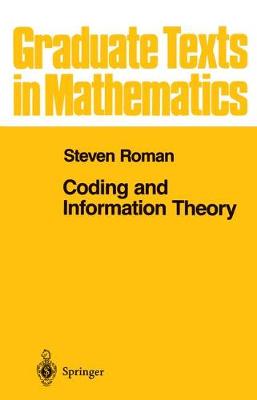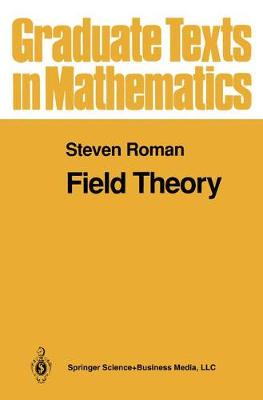Graduate Texts in Mathematics
3 primary works
Book 134
This book is an introduction to information and coding theory at the graduate or advanced undergraduate level. It assumes a basic knowledge of probability and modern algebra, but is otherwise self- contained. The intent is to describe as clearly as possible the fundamental issues involved in these subjects, rather than covering all aspects in an encyclopedic fashion. The first quarter of the book is devoted to information theory, including a proof of Shannon's famous Noisy Coding Theorem. The remainder of the book is devoted to coding theory and is independent of the information theory portion of the book. After a brief discussion of general families of codes, the author discusses linear codes (including the Hamming, Golary, the Reed-Muller codes), finite fields, and cyclic codes (including the BCH, Reed-Solomon, Justesen, Goppa, and Quadratic Residue codes). An appendix reviews relevant topics from modern algebra.
Book 135
This is a graduate level textbook covering an especially broad range of topics. The first part of the book contains a careful but rapid discussion of the basics of linear algebra, including vector spaces, linear transformations, quotient spaces, and isomorphism theorems. The author then proceeds to a discussion of modules, emphasizing a comparison with vector spaces. A thorough discussion of inner product spaces, eigenvalues, eigenvectors, and finite dimensional spectral theory follows, culminating in the finite dimensional spectral theorem for normal operators.
Book 158
Intended for graduate courses or for independent study, this book presents the basic theory of fields. The first part begins with a discussion of polynomials over a ring, the division algorithm, irreducibility, field extensions, and embeddings. The second part is devoted to Galois theory. The third part of the book treats the theory of binomials. The book concludes with a chapter on families of binomials - the Kummer theory.


